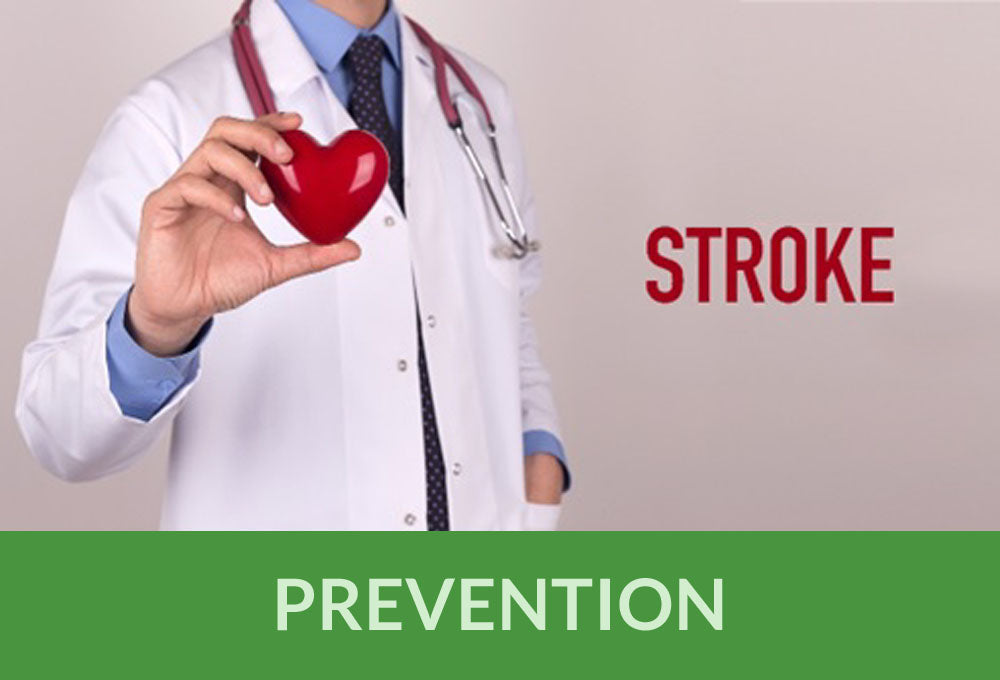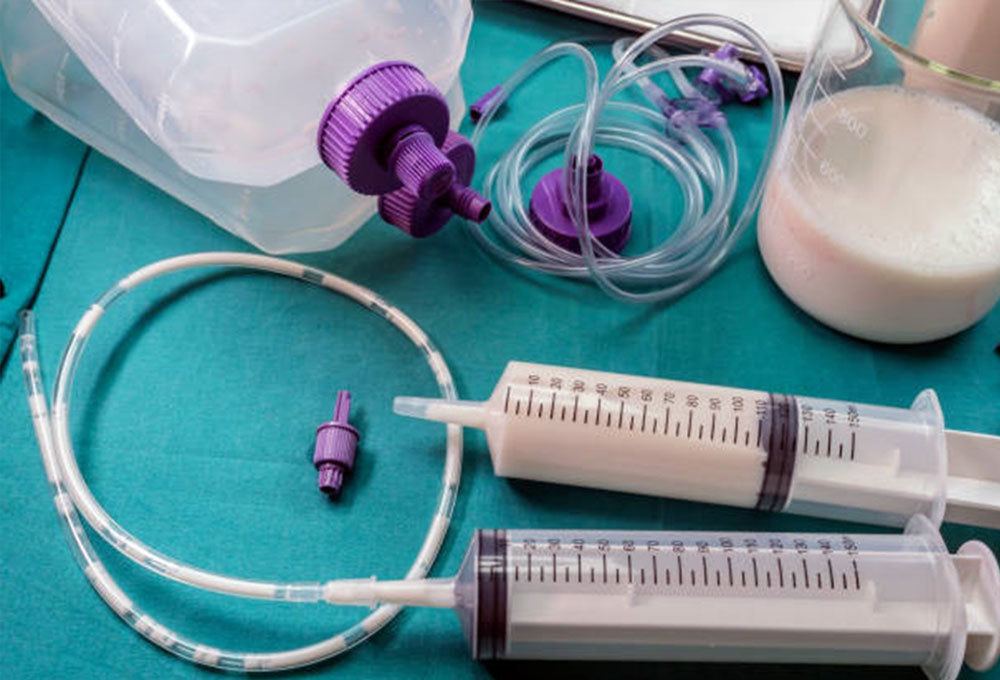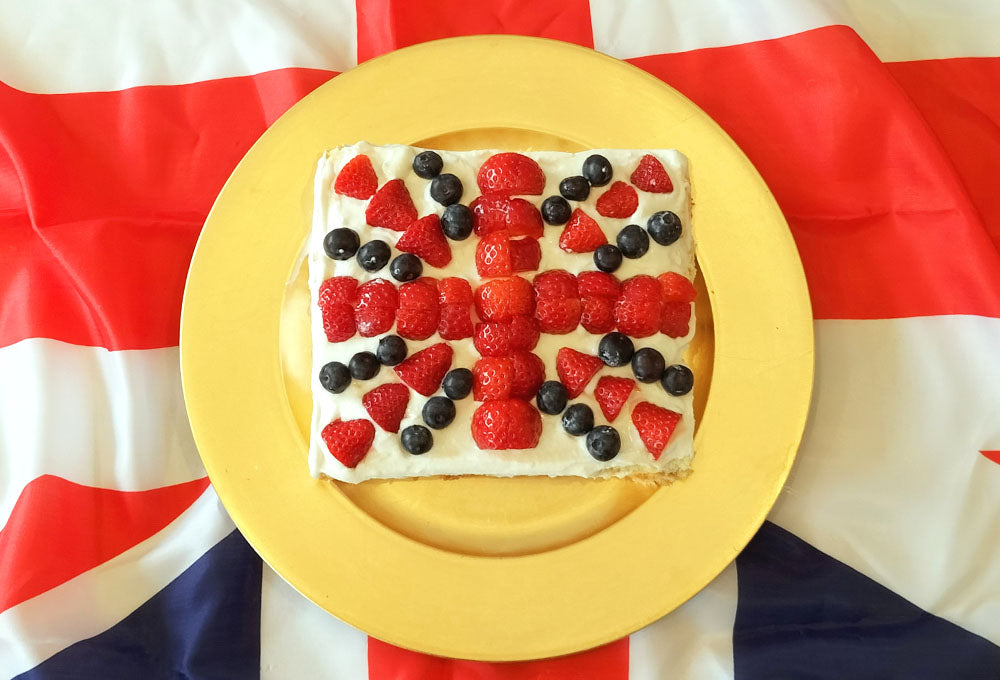What is a stroke and how can we prevent it from happening to us or someone we care for?
Strokes primarily occur when the blood supply to part of the brain is disrupted. As blood supplies oxygen and other nutrients to all body parts, when part of the brain doesn’t receive this vital oxygen or nutrients, it becomes damaged or even dies. Development of symptoms of stroke vary, depending on the part of the brain which is affected. The right side of the brain controls the left side of the body and the left side controls the right side of the body so this will then determine the symptoms shown.
There are 3 different types of strokes:
- Ischaemic stroke. This is caused by a blockage in the artery cutting off the blood supply to the brain, this is the most common stroke.
- A haemorrhagic stroke – this is caused by bleeding in or around the brain.
- Transient ischaemic attack (TIA) – this is also known as a mini stroke. It is the same as a stroke however the symptoms only last for a short time and can be temporary. This is because the blockage that stops the blood getting to your brain is temporary.
Stroke is one of the leading causes of death in the UK, and it strikes every 5 minutes in the UK. It can happen to anyone, at any age however our aging population are more at risk.
Globally 1 in 4 adults over the age of 25 will have a stroke in their lifetime. 12.2 million people worldwide will have their first stroke this year and 6.5 million will die as a result. Over 110 million people in the world have experienced stroke.
As we have a growing population, these figures are only going to increase so it is really important that we prevent cases in the first place.
Hypertension (high blood pressure) is the single largest risk factor for stroke. People with hypertension are 4 times more likely to die from a stroke so how do we get these numbers down? It all starts with the diet and good nutrition:
- Leading a healthy lifestyle is key.
- Increasing physical activity, even a 20-minute slow walk around the block every day is hugely beneficial.
- Stop smoking as this can increase the risk of stroke by 2 to 3 times!
- Reduce alcohol consumption. Drinking increases your blood pressure and drinking more than the safe limit (no more than 14 units per week), can make you more likely to have type 2 Diabetes which is linked to increased risk of a stroke.
- Reduce your salt intake. Salt contains sodium which helps to keep your body fluids at the right level. However, if you have too much salt, the amount of liquid your body stores increases and this leads to hypertension. There is a large amount of salt in processed foods and 75% of the salt we eat is in every day foods such as bread, ready meals, tinned and packet foods, soups, crisps, bacon and sausages. Use herbs and spices to flavour your foods instead of always reaching for the salt. Use low salt stock cubes, unsalted butter and low sodium salt or sauces such as soy sauce.
- Reduce your saturated fat intake so reduce fats, such as butters, lard, fats on meats etc. Op for unsaturated fats such as olive oils, nuts, seeds. Saturated fats can cause a blockage of the blood arteries and this can lead to a stroke.
- Ensure you are eating foods rich in Omega 3 and 6 fatty acids. These are known as polyunsaturated fatty acids (PUFA) and they play an essential role in the body, helping to keep artery walls from blocking and maintaining a steady heartbeat. These are found in oily fish, walnuts, flax seeds and soya products.
- Increase your intake of fresh fruit and veg. It is thought that eating 5 or more portions of fruit and veg a day can reduce your risk of stroke by up to 30%. Fruit and veg contain something called antioxidants which work to prevent damage to the arteries. Also, they contain the mineral potassium. This can help prevent high blood pressure. Bananas, nuts, potatoes are rich sources of potassium but all fruit and veg contain potassium.
Post-stroke patients are likely to have reduced appetite and are at a real risk of malnutrition and also of dehydration. It is there essential for patients who are in hospital to have their nutritional status checked weekly. This is when Dieticians will become involved and provide nutritional support whether this be through feeding tubes or texture modification of the foods available in hospital and then at home. If constipation is present, a high fibre diet and plenty of liquid is advised. Vitamin D and calcium intake and absorption rates should also be high on the list of nutrients to check and supplementation may be needed.
Nutrition is such an integral part of reducing our incidences of stroke globally. Really considering how we can reduce our blood pressure by changing our lifestyles, starting from today is vital!
For more information on strokes, please check out the amazing charity Stroke Association
Thanks to Theresa from Your Family Nutritionist for the blog. If you are interested in a personal consultation please visit Your Family Nutritionist website to find out more.
Click here to read more blogs on Health and Wellbeing






